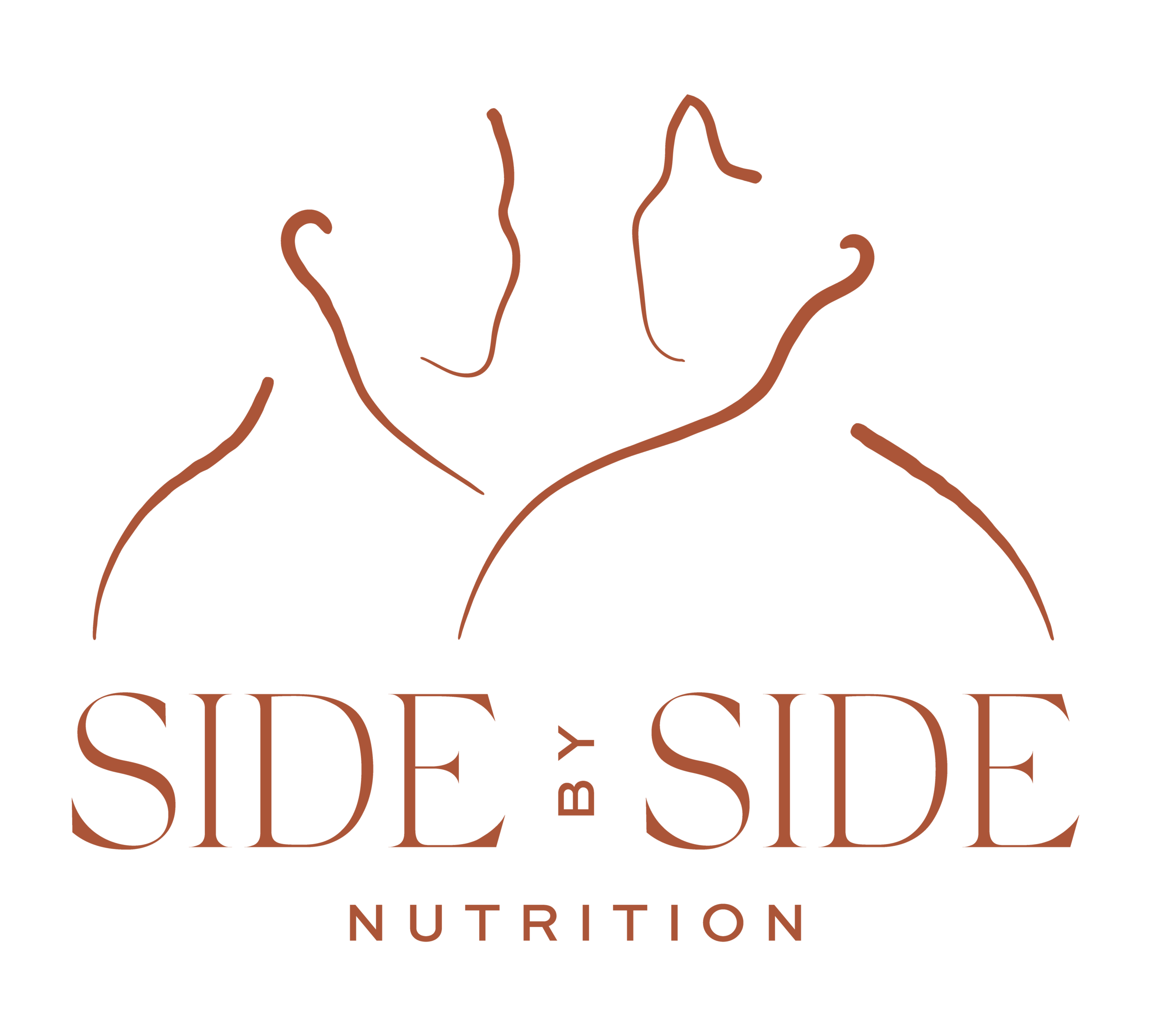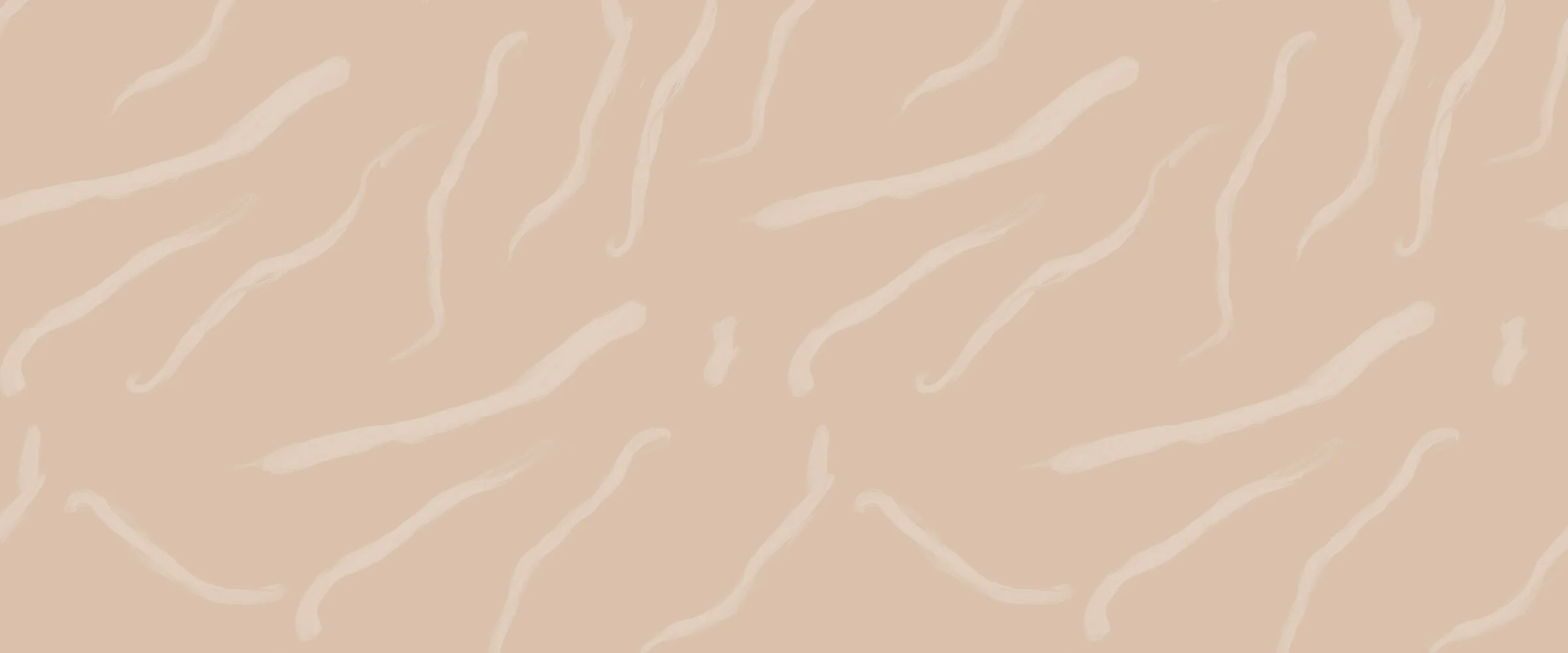Neuroplasticity is the property of the brain that enables it to change its own structure and functioning in response to activity and mental experience. Brain cells are able to constantly communicate electrically with one another and form and re-form new connections, moment by moment...a unique kind of healing. The good news for recovery is that when we start to think, feel, and do things differently, we carve out a new road.
Read MoreAs part of breaking the cycle of acting on ED behaviors in response to negative body image, you can learn skills to help tolerate urges for eating disorder behaviors.
Read MoreTo move through recovery with more compassion and perspective, we must first reconceptualize what progress looks like in recovery. When many think about what progress looks like, the majority of people may think of only a few things- the decrease or absence of behaviors and the decrease or absence of markers of illness or symptoms that the eating disorder creates.
Although, of course important and always on our radar, boxing recovery into those two things and have a narrow view of recovery can very well be one of your biggest barrier to recovery.
Read MoreFor me, freedom has always existed in a boundary. When I didn’t have a boundary, I didn’t know where to go, what to do, or how to function. The meal plan served as my boundary. For the most part I now eat and move intuitively. However, if struggles were to pop back up, I can go back to the basics of the meal plan to guide me.
Read MoreChanging my social media lead me to the body-positive movement in 2014 which lead me to Health at Every Size ® (HAES ® ), the fat-positive movement, and Intuitive Eating (IE). It blew my mind! Talk about a life-changing moment. If I never changed my social media then I would have never found the movements that helped me recover.
Read MoreThe first, and most important, healing mechanism I would like to mention is: your mindset. When I was in the midst of my recovery, I was told a piece of advice that I still carry with me and spread to others to this day. If you want to get better, YOU have to make the choice. YOU have to help yourself. YOU have to push yourself.
Read MoreSlowly I broke down the rules I held around food and exercise and gave myself FULL PERMISSION to eat what I truly wanted without limits and move my body in a way that actually felt good instead of compulsive and self-punishing. Yes, it felt very scary at first. I definitely thought I was “messing up” and would never be able to “control” myself around the foods I deemed as “off limits,” but much to my surprise this didn’t happen.
Read MoreUnplanned Food Exposures: One thing that made a huge difference in my recovery from restricting, and I now teach my clients, was to eat foods I couldn’t count.
Read MoreThat is something that I would go back and tell myself a couple years ago when first starting recovery. With diet culture being as pervasive as it is, the message that our bodies are in constant need of fixing is creating a collective distrust among the inherent wisdom we hold. Trusting our bodies has become an abstract and strange concept.
Read MoreChanging my environment and finding a community that supported me (as I am) definitely helped me in the final stages of my recovery. This community included individuals on social media, in my workplace, in my personal life… but also me. I am the most important individual in the community that supports me.
Read MoreThis is my recovery journey. It wasn’t fun, it wasn’t easy, but it was one-hundred percent worth it. There were days when I just wanted to quit and there were days when I actually did. But the difference between recovering and not is making the conscious decision to listen to your true, authentic self or to your eating disorder, and this decision means everything.
Read More











